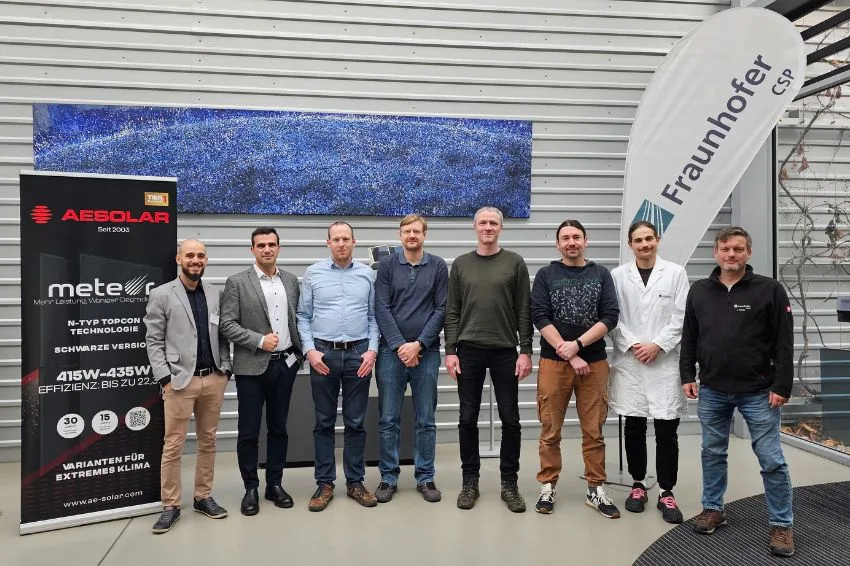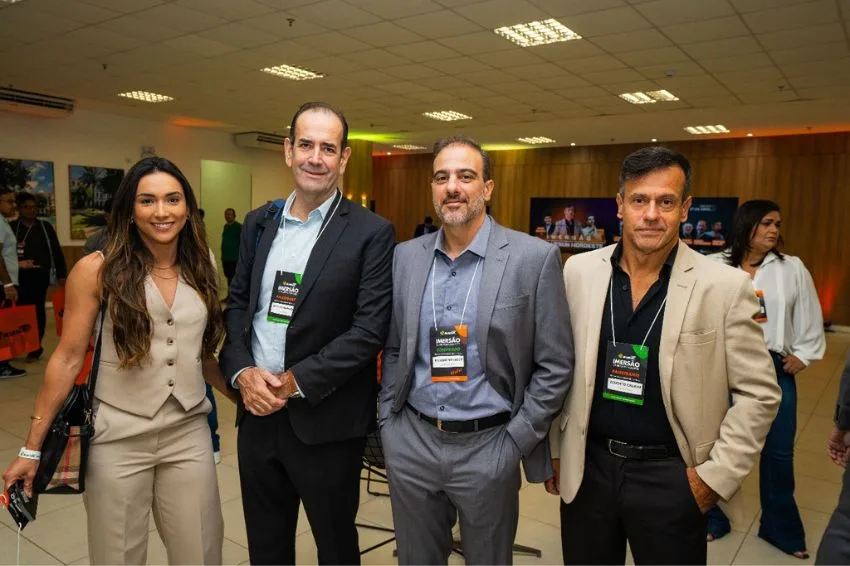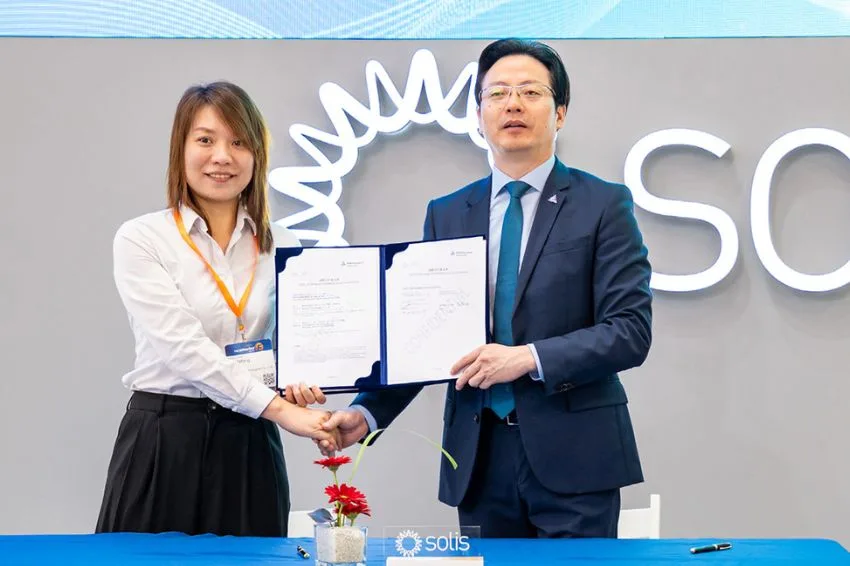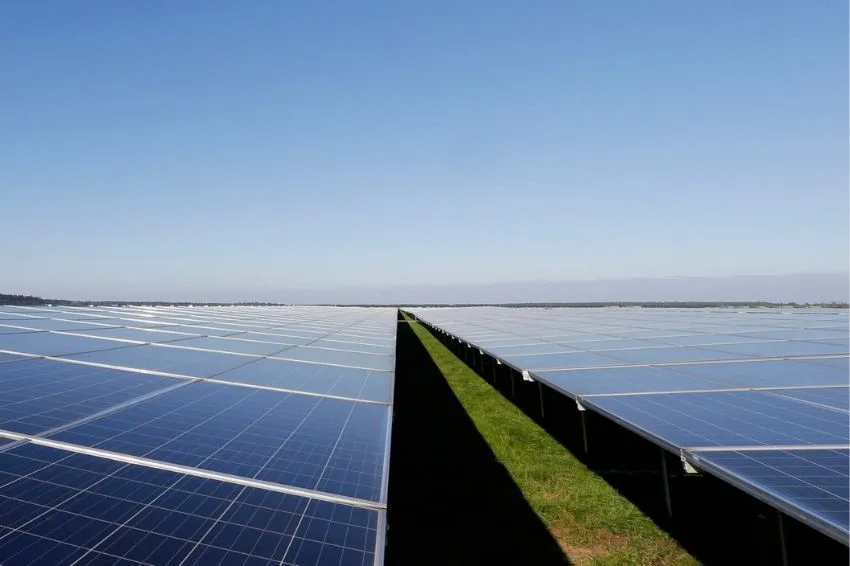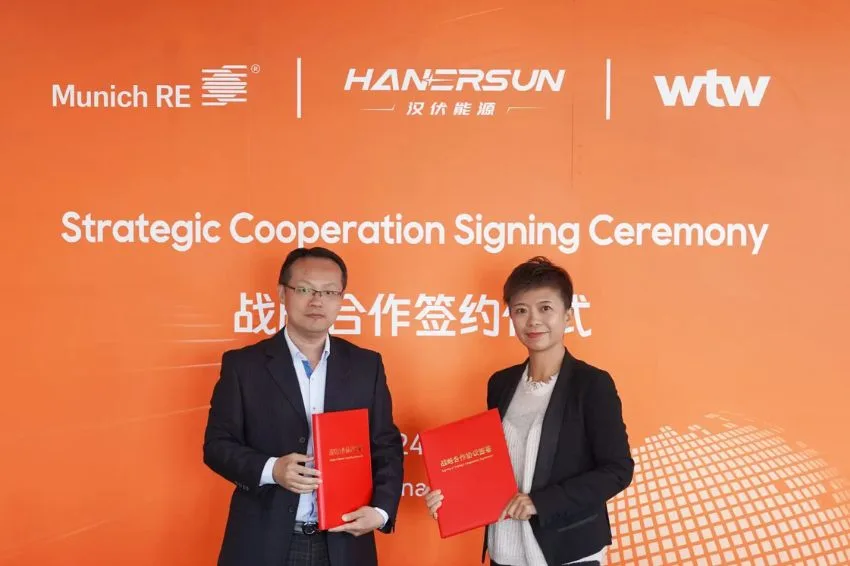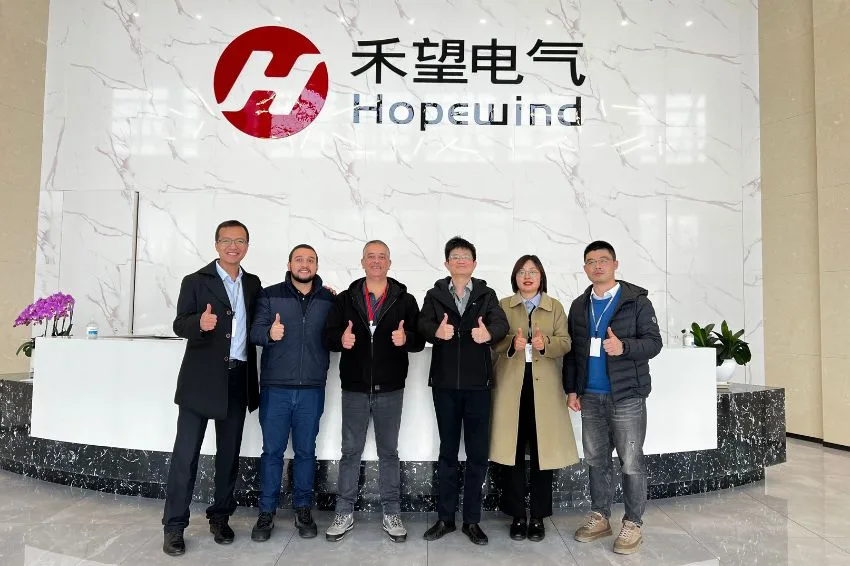To overcome the issue of shading of modules on roofs, the AE Solar developed the “AE Smart Hot-Spot Free” – a panel with integrated bypass diodes for each individual solar cell, which can produce up to 80% more power than traditional products under conditions of partial shading.
Thinking about improving this technology even further, the manufacturer is collaborating with the Fraunhofer CSP (Center for Silicon Photovoltaics), which carries out applied research in the area of crystallization, photovoltaic modules and wafers, to develop a new generation of shade-resistant panels, using cells cut in half.
The collaboration is being conducted within the framework of a SegmentPV research project and is funded by the Bundesministerium für Wirtschaft und Klimaschutz (German Federal Ministry for Economic Affairs and Climate Action).
The initiative began in May 2023 and involves two years of research work. “Within the project, module components, designs and prototypes created by AE Solar will be tested by Fraunhofer CSP to achieve higher energy yield, better shading tolerance and excellent reliability for an innovative product that addresses one of the biggest challenges of photovoltaic energy on rooftops”, stated Hamed Hanifi, director of Global Research and Development at AE Solar and coordinator of SegmentPV.

What is partial shading?
This type of shading can occur due to the presence of obstacles such as trees, chimneys or parapets. Nearby structures, dust, and snow also frequently contribute to the problem. Partial shading leads to significant loss of energy production and incompatibilities at the module level as well as between panels connected in a daisy chain.
“Energy loss due to shading is highly dependent on panel design, shading pattern and shading orientation. And although power optimizers can minimize losses due to incompatibility, they cannot save the affected PV string or module and increase the investment volume. Furthermore, active electronic devices have a shorter useful life compared to passive components, such as modules”, explained the company.

Solar sector in Europe
Europe's renewable energy targets require significant increases in their implementation. Rooftop installations dominated the industry over other applications in the region, with around 60% of the market share in 2021.
Germany is the largest European market in terms of total installation capacity, having more than 42 GW of rooftop solar power by the end of 2021. The Netherlands, as the country with the largest photovoltaic installation capacity per capita in the world, Europe, has more than 80% of installations on small rooftops.
All content on Canal Solar is protected by copyright law, and partial or total reproduction of this site in any medium is expressly prohibited. If you are interested in collaborating or reusing part of our material, we ask that you contact us via email: [email protected].


